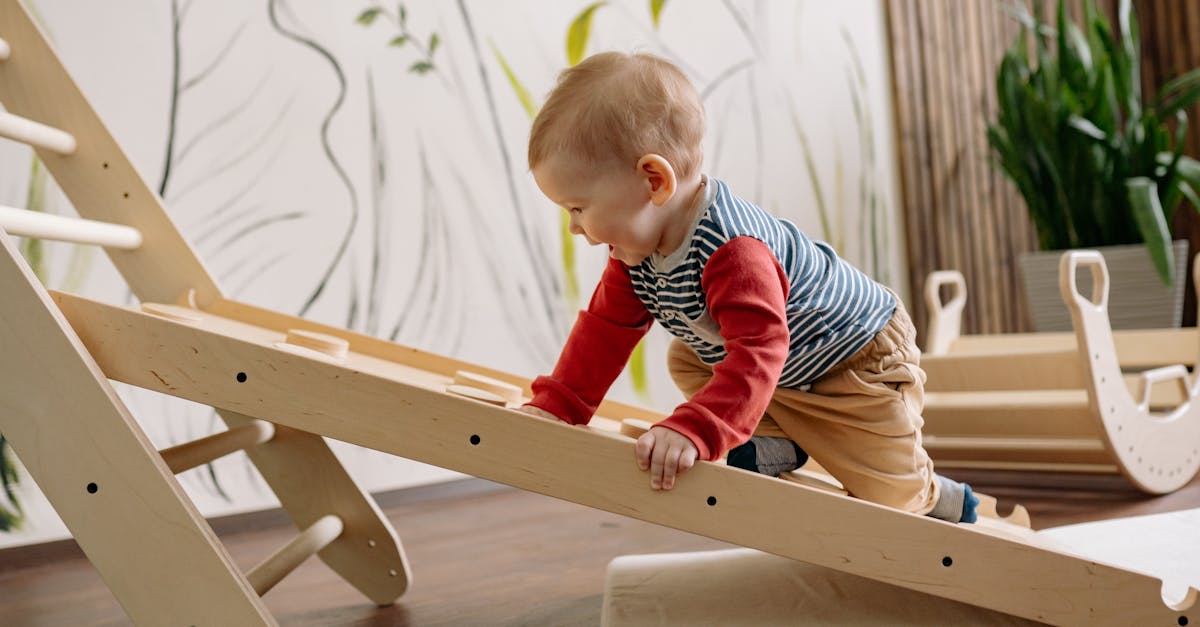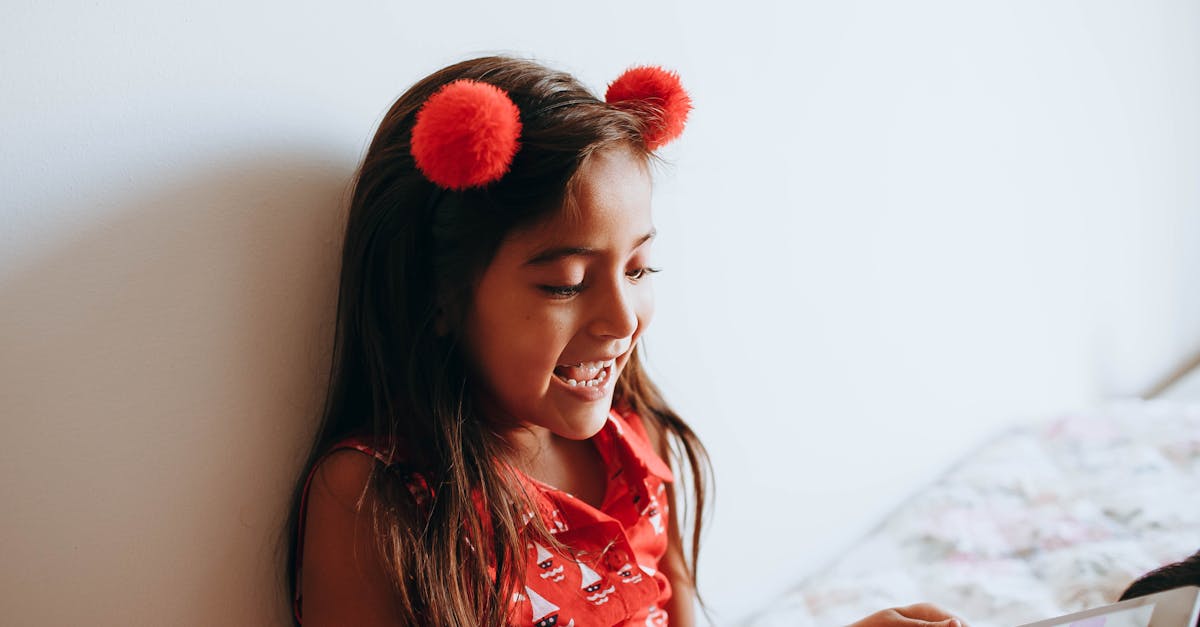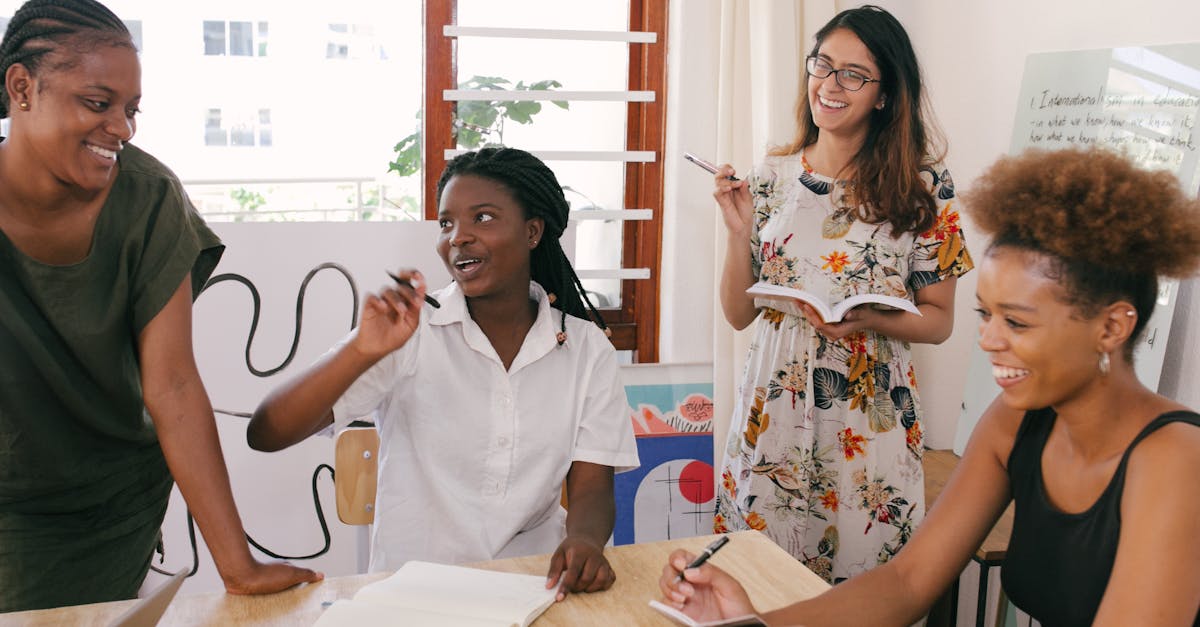AI in the Classroom: More Than Just Robots
When you hear ‘Artificial Intelligence’ and ‘early education’ in the same sentence, images of kids being taught by robots might flood your imagination. But, it’s not all sci-fi in the classroom. Studies show AI’s presence is more like a gentle, guiding hand – assisting teachers, personalizing learning, and even understanding children’s emotions better. Let’s dive into this enchanting world; perhaps, we’ll discover AI has a soft spot for our little munchkins!

Personalized Learning: A Child’s Own Path
Imagine a classroom where each child learns at their own pace, guided by technology that adapts to their needs. Welcome to personalized learning, enabled by AI. This is where Suzy gets extra help with her multiplication while Johnny tackles fractions, all without the teacher being stretched thin. It’s like having a personal tutor for each child, without the hefty price tag. Plus, studies indicate kids are more engaged when lessons cater to their learning style. Who wouldn’t love school if it was tailored just for them?

Early Birds Catch the Tech: Starting Young
Starting young with AI doesn’t mean handing a toddler a smartphone. Instead, it’s about integrating technology in a way that complements traditional learning. From interactive storybooks that respond to the child’s voice to apps that turn math into a fun game, early exposure to AI can build a strong foundation for lifelong learning. It’s the difference between a child who only sees technology as entertainment and one who views it as a tool for exploration and discovery.

The Emotional AI: Understanding Little Hearts
Beyond academic learning, AI can read and respond to children’s emotional cues, making technology a compassionate ally in the classroom. Emotional AI can help teachers identify students who are struggling, not just academically but emotionally too, ensuring no child is left feeling isolated or misunderstood. This blend of tech and empathy might just be the key to nurturing a generation that values emotional intelligence as much as academic success.

Screen Time: Finding the Perfect Balance
Let’s talk screen time. Yes, AI can be a fantastic educational tool, but it’s all about balance. Moderation is key. Children need to run, jump, and socialize in the real world too. The goal is to blend screen time with traditional play in a way that enriches children’s learning experiences. It’s like mixing veggies into their favorite spaghetti sauce; they won’t even notice they’re getting the best of both worlds!

Find the perfect balance for your child’s screen time and real-world activities. Remember, everything in moderation leads to a happy and healthy childhood.
Real-Life Adventures: AI-Powered Playtime
Imagine a playground where puzzles stimulate problem-solving skills and treasure hunts teach geography, all powered by AI. This isn’t a glimpse into the distant future but an illustration of how technology is already shaping physical play. Through augmented reality apps, children can embark on adventures that blend the digital with the real world. It’s a way to turn playtime into an interactive learning experience, proving that education doesn’t have to be confined within four walls.

Feedback Loops: Parents, Teachers, and AI
The relationship between parents, teachers, and AI is crucial. Open communication ensures that technology enhances rather than disrupts the learning process. Parents can provide invaluable feedback on how their child interacts with AI at home, helping teachers tailor classroom activities. It’s a loop that benefits everyone, especially the child, turning education into a shared, community-driven journey. Ultimately, it’s about building a supportive triangle with the child at the center.

